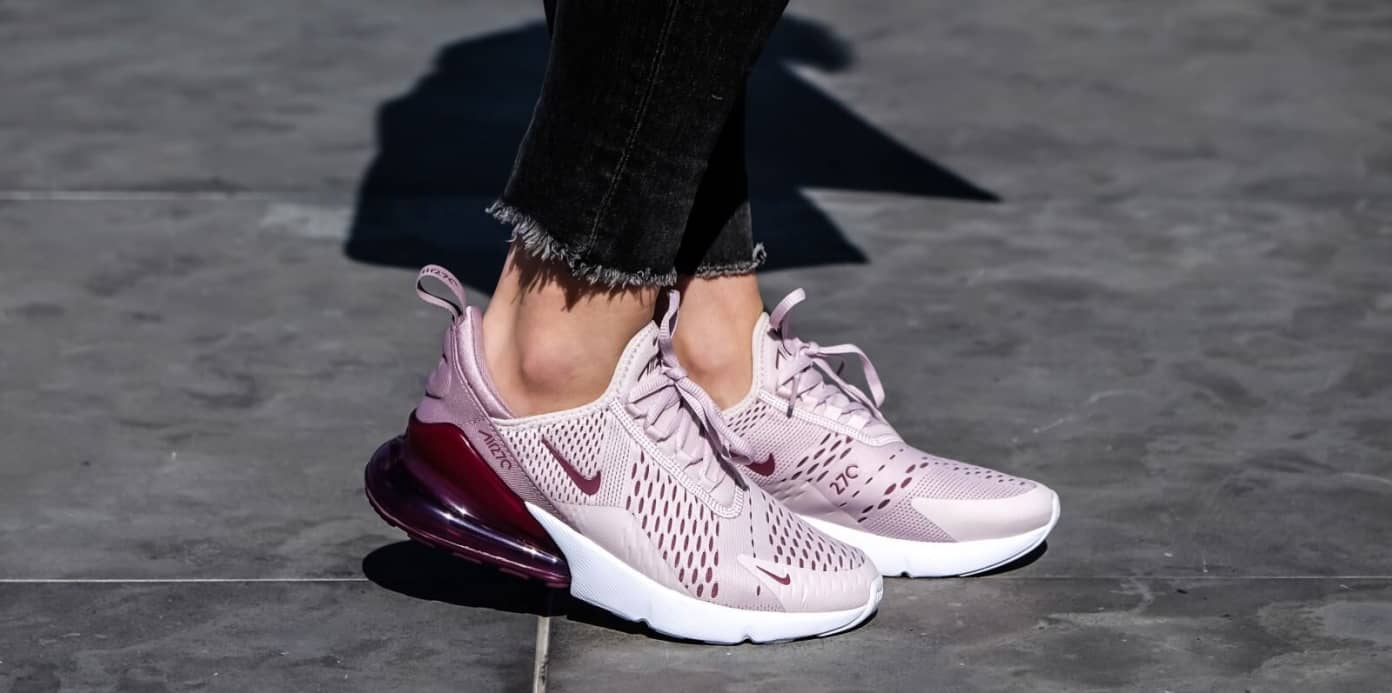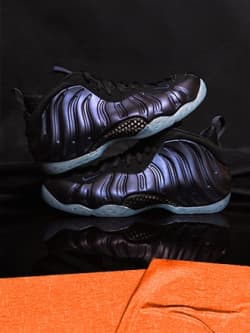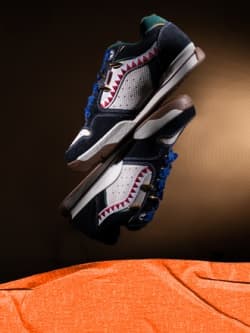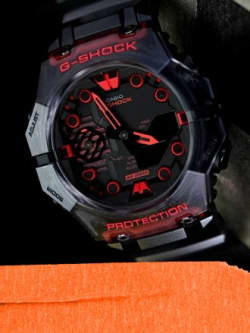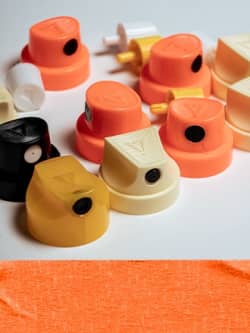#FactsFriday: The Evolution of the Air Max Heel Unit
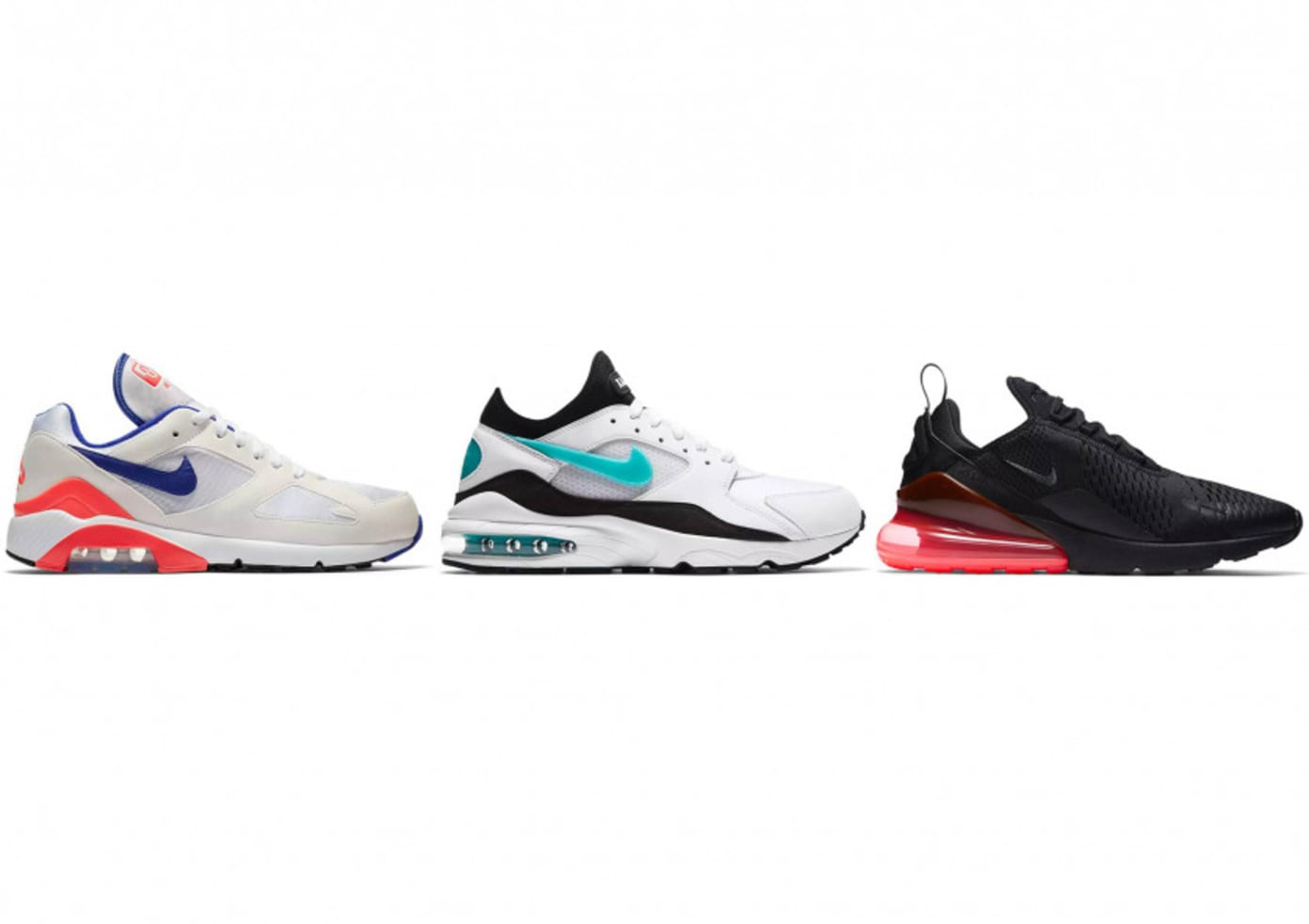
In terms of the Air Max family, Nike has, for the most part, always emphasised their Air Max sole unit by making it bigger and bigger with each release. While the Air Max 97 was the first sneaker to receive an Air bubble that ran the length of the sneaker, Nike has always had a love for placing the Air Max bubble in the heel. This tradition can be traced back as far as Tinker Hatfield’s Air Max Zero, Air Max 1 and the follow up Air Max 90.

The 80s saw Nike’s future CEO Mark Parker and his powerful marketing team promote the need for Nike to advertise the exposure of the Air Max bubble. They felt this was the best way to increase the technology’s popularity. This was met with reservation however. No other brand was promoting a sneaker that was missing a good portion of the sole. These concerns were put to bed with the success of Hatfield’s Air Max 1 and 90, and Tinker was placed in charge of leading the Air Max project. His aim was to increase the size and exposure of the Air bubble we all love.
Hatfield began working on his next project with Bruce Kilgore, another legendary Nike designer who created the Air Force 1. They both wanted to increase the size of the Air Max unit, while also bringing it into contact with the ground. This had never been done before. The previous Air Max 1 and 90 had complete outsoles, with the unit only exposed over a few inches on the midsole. The idea behind Kilgore and Hatfield’s ambitious innovation was to provide more cushioning and responsiveness upon impact, as the rubber outsole created too much rigidity.

Kilgore and Hatfield began their hard work stripping away as much foam and rubber as possible. What was left was the beginnings of the Air Max 180, Nike’s largest visible Air unit—180 degrees of pure cushioning. Through the use of clever marketing, Nike built the Air Max 180 to represent creativity. While it could never match the commercial success of the Air Max 1 or 90, it had a cultural footprint. This is thanks to Nike marketing the sneaker as a lifestyle item during the 1992 Olympics. The Air Max 180 featured prominently on the feet of Nike athletes while not competeing, with the most notable being the Dream-Team with Michael Jordan. Nike followed this with a run of advertisements that were more abstract than Nike had done before. 
While the Air Max 180’s performance capabilities were advertised, it was the ads themselves that stood out as much as the shoe. The television ads were directed by the likes of David Cronenburg, Eiko Ishioka and Caleb Deschanel and were all quite different from your traditional sneaker advert. The most notable of adverts includes Ralph Steadman’s print, which draws inspiration from Aesop’s Fables and shows a hare wearing a pair of 180s. To honour this great time in Nike’s advertising history, the brand recently released a pack commemorating the iconic ads form the series. Check out a full list of OG Air Max 180 adverts here.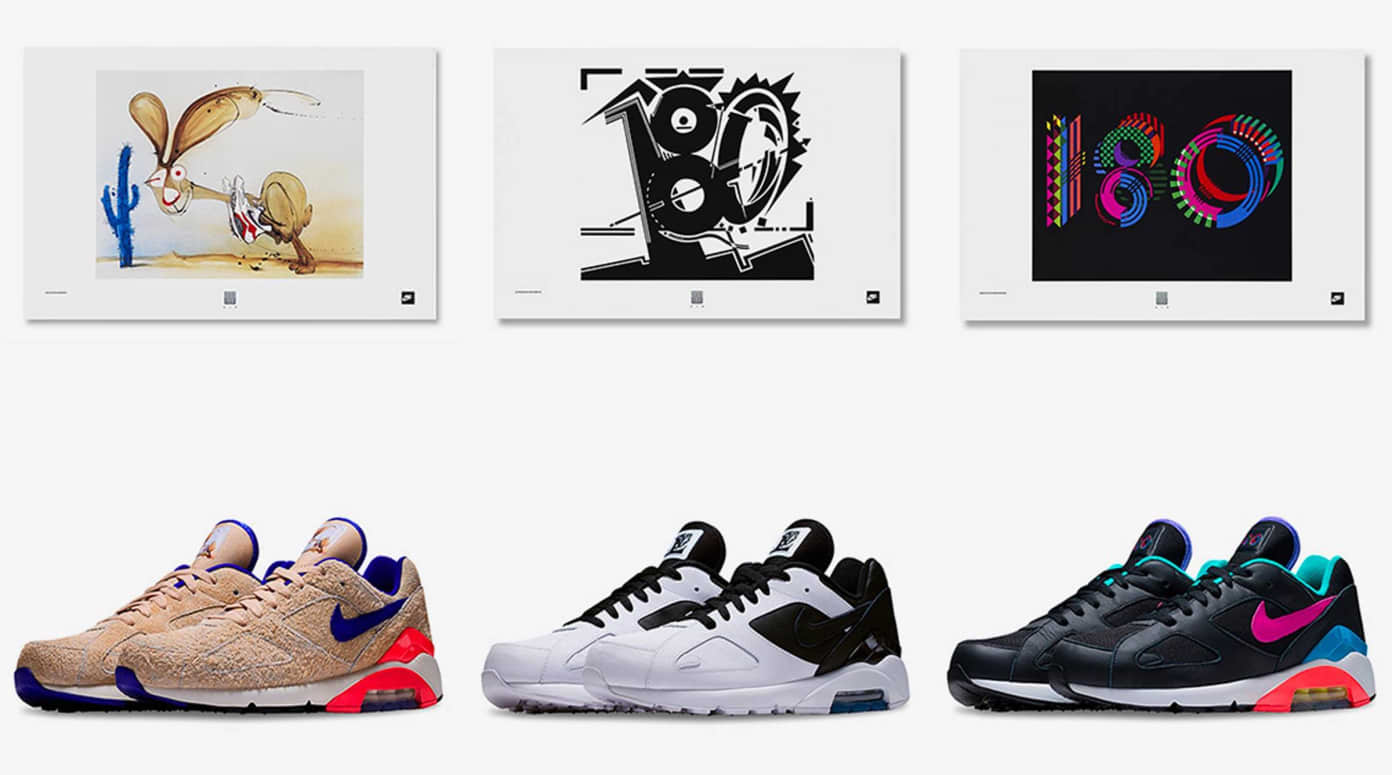
The Nike Air Max 180 also received some pretty impressive and limited celebrity collaborations. Before there was the Nike Air Yeezy, there was a very limited run of special Air Max 180 gifted to Kanye West to celebrate the release of Graduation. Needless to say these have become impossible grails to find. Matching this are the 8 pairs of special Air Max 180s gifted to Eminem, as well as a 45-pair Air Max 180 collaboration with Dizzee Rascal. While these collaborations were appreciated and lusted over by diehard fans, it wasn’t until the release of the “Ultramarine” 180, that the silhouette had any commercial success. The OG colourway was a combination of white, pink and blue, resulting in those colours becoming synonyms with Nike retros and being applied to different models and apparel as a result. 
Despite the limited commercial success of the Air Max 180, Tinker Hatfield was still in charge of expanding the Air Max family. Building on the technological breakthrough of the 180, the goal was to make the unit as big and as visible as possible. The follow-up to the Air 180 was originally slated to be called the Air Max 270, because of the 270 degrees of visible air at the heel, but quickly came to be known as the Air Max 93. If the 180 showed fans Nike’s creative side, the Air Max 93 renewed its emphasis in offering runners the very best in terms of technology and comfort.

The Air Max 93’s design team were inspired by the blown out contour lines of a plastic milk jug. While this may seem strange to some, it lead the team to consider the possibilities of blow moulding technology being used to create the Air units. This resulted in the Air Max 95 having a 35% bigger bubble with its curved bubble on the heel resulting in a completely different aesthetic than its predecessors. The shoe was chunky to begin with, but the blown out Air bag exacerbated the look and broke the straight lines that had appeared on the Air 180 and Air Max 90’s heel.
Much of the marketing for the 93 promoted it as a lifelong runner’s shoe due to its support and cushioning. However, this marketing did not exactly pan out the way it was expected to, and the Air Max 93 became synonymous with amateur joggers. This is probably due to to being too clunky and heavy for professionals. The most notable colourway of the 93 was the “Dusty Cactus”, featuring menthol hits on a crisp white upper with black accents.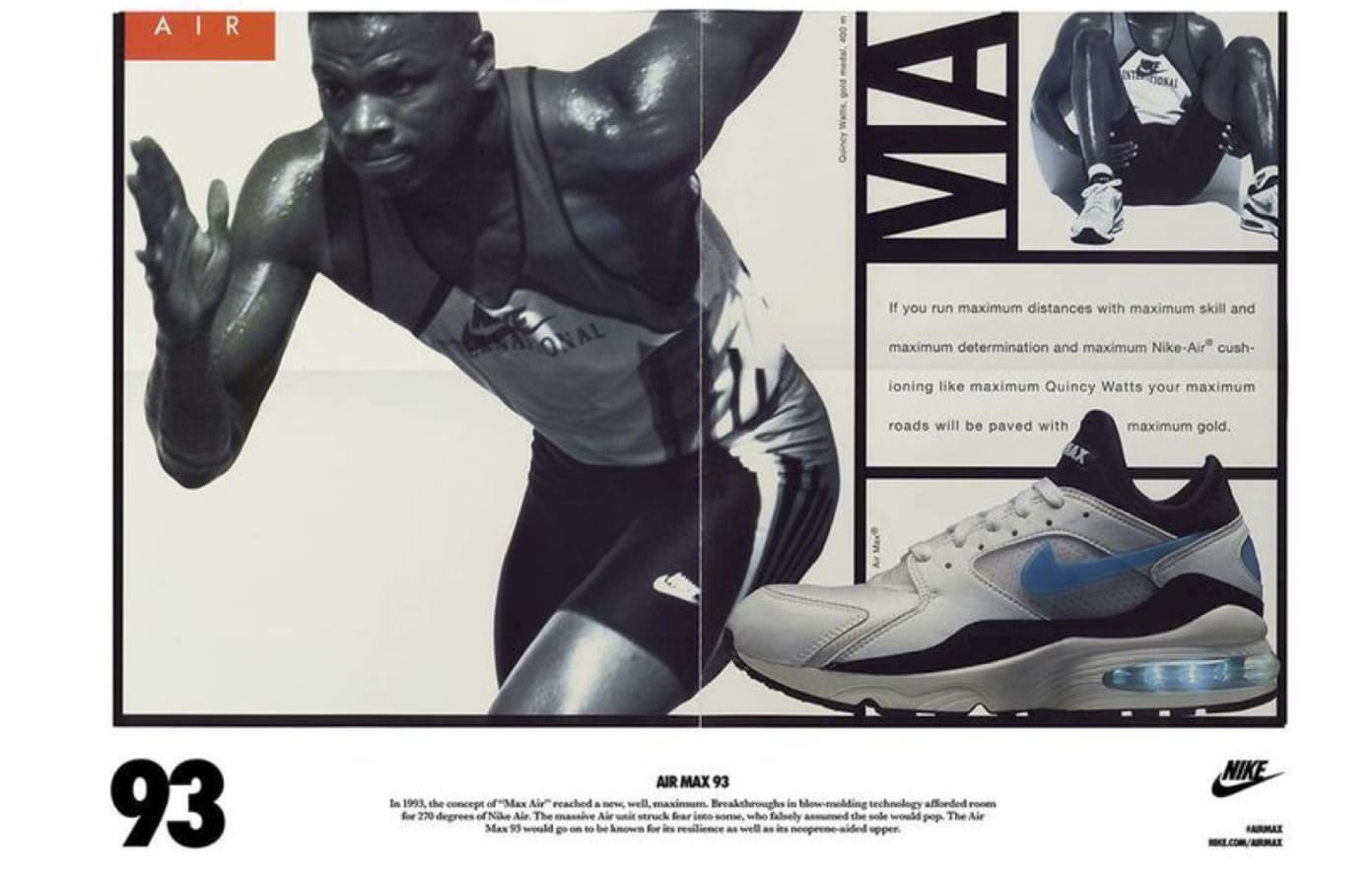
Both the Air Max 180 and 93 had successes in their own lanes. But it was the large exposed heel Air Bubble shared by both models, that continued to inspire a certain awe in designers that followed after Tinker Hatfield left the Air Max family. 2018 saw the introduction of the Air Max 270, a modern sneaker that takes heavy inspiration from both the 180 and 93. With the project’s working name originally being the 273 (180 + 93), one can easily see the influences the previously mentioned silhouettes had on this new creation.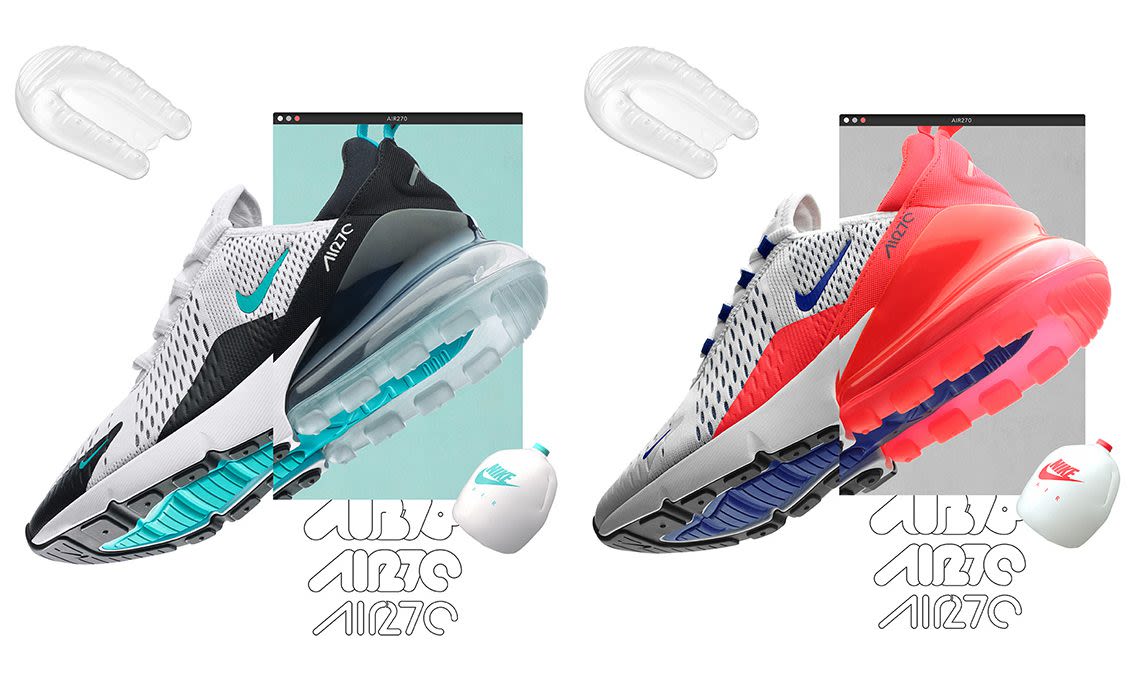
As you might have guessed, the 270 refers to the 270-degree bubble present on the heel of the sneaker, which stands at an all-time high of 32mm. The tallest bubble is also a hybrid of the two early ’90s runners, protruding at the heel while coming in direct contact with the ground, drawing on the 93 and 180 respectively. Even the 270’s early colourways paid homage to their predecessors, with the iconic “Ultramarine” and “Dusty Cactus” being applied to Nike’s new model. (Seen above)
The 180 and 93 may not have had a massive impact on popular culture like some other Air Maxes, but they had an impact on Nike’s culture. Expanding the heel unit came to symbolise Nike’s ethos to “evolve Air.” While it’s still forging its own path today, the new 270 has already earned its spot as a tribute to the legacy of the early ‘90s runners that never got their due.